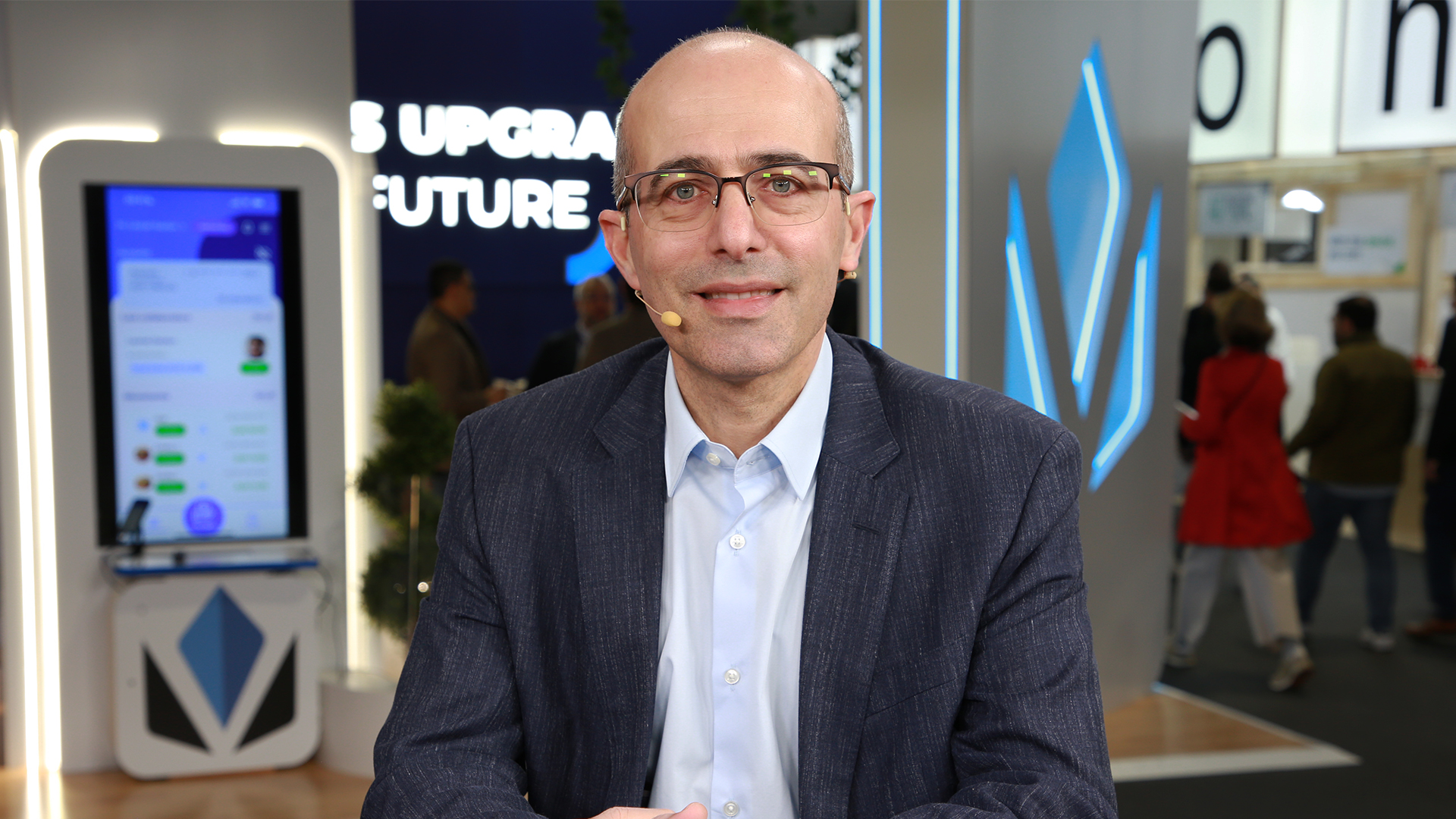 AI
AI
 AI
AI
 AI
AI
The tech landscape is rapidly evolving, with artificial intelligence at the forefront of this transformation.
Silicon technology is enabling AI’s growth and plays an important role in aligning hardware with software and innovation with sustainability, according to Charlie Kawwas (pictured), president of Broadcom Inc. This strategic approach not only showcases technological expertise, but also a vision for a future where AI’s full potential is unlocked, leading toward a smarter, more connected world.
“Everything has changed, because with AI you have these elephant workloads that cannot run on a single processor,” Kawwas said. “Now you have to scale out to many of these systems and racks and you have to interconnect them. And guess what? If you don’t have the right network strategy and connectivity strategy, this will not work. This will not scale up.”
Kawwas spoke with theCUBE Research analysts John Furrier and Dave Vellante at MWC Barcelona, during an exclusive broadcast on theCUBE, SiliconANGLE Media’s livestreaming studio. They discussed the critical role of silicon technology in AI’s development, emphasizing a strategic approach that integrates hardware and software, fosters innovation and prioritizes sustainability. (* Disclosure below.)
Silicon technology is playing a critical role in the AI revolution. Broadcom’s journey from a $4 billion revenue stream to over $35 billion illustrates not just growth but a strategic pivot toward taking a leading role in the silicon landscape.
Broadcom has a wide range of silicon capability from architecture, processor, memory, protocol, signal processing and connectivity. This expansive capability, coupled with a staggering investment in research and development, positions Broadcom uniquely in the AI and silicon arena.
“It’s incredible to see the transition of what happened from 2006 till today,” Kawwas said. “At the time, in 2006, nobody talked about AI as much. Today, it’s the only topic people are talking about. The portfolio we have is broad … we are very excited about the work we’ve been doing for decades with the service providers.”
Broadcom’s strategy revolves around the integration of various technological layers, from the chip to the stack and the application layer. This holistic approach is not just about leading the charge toward AI, but shaping the future of technology itself. The company’s collaboration with VMware, enhancing the application layer integration with Broadcom’s hardware prowess, is a critical aspect of this strategy, according to Kawwas.
”What’s exciting this year is we have a new family member, VMware,” he said. “VMware has invested in over two decades in terms of bringing virtualization and software capability for a full stack for the operators. We’re very excited about this new level of engagement for the Broadcom family.”
In addition to AI and silicon, another pivotal part of Broadcom’s philosophy revolves around three core principles: openness, scale and low power, Kawwas explained. These principles are foundational to addressing the unique demands of AI technologies. The transition from proprietary systems to more open and scalable solutions is a significant trend in the tech industry, one that Broadcom is keenly navigating.
“A lot of the systems that exist today are proprietary, closed … the second thing is scale … and then, power becomes key,” said Kawwas, highlighting the challenges and opportunities in building AI-capable systems.
Broadcom’s approach to innovation is characterized by a commitment to openness, which allows for greater scalability and adaptability in the rapidly evolving tech landscape. This commitment is evident in the company’s efforts to reduce power consumption, a critical concern for the next generation of AI systems. By integrating silicon photonics and advancing toward lower power technologies, Broadcom aims to dramatically reduce the energy footprint of AI systems, making them more sustainable and efficient.
“Those abilities that we drive today can be applied to hyperscalers who are absolutely investing each tens of billions of dollars,” Kawwas said. “Power is the number one issue that we’re having right now. And bringing that foundational technology in a custom or hybrid play is another big differentiator that I think we have the ability to do.”
Here’s the complete video interview, part of SiliconANGLE’s and theCUBE Research’s coverage of MWC Barcelona:
(* Disclosure: TheCUBE is a paid media partner for the MWC Barcelona event. No sponsors have editorial control over content on theCUBE or SiliconANGLE.)
Support our mission to keep content open and free by engaging with theCUBE community. Join theCUBE’s Alumni Trust Network, where technology leaders connect, share intelligence and create opportunities.
Founded by tech visionaries John Furrier and Dave Vellante, SiliconANGLE Media has built a dynamic ecosystem of industry-leading digital media brands that reach 15+ million elite tech professionals. Our new proprietary theCUBE AI Video Cloud is breaking ground in audience interaction, leveraging theCUBEai.com neural network to help technology companies make data-driven decisions and stay at the forefront of industry conversations.